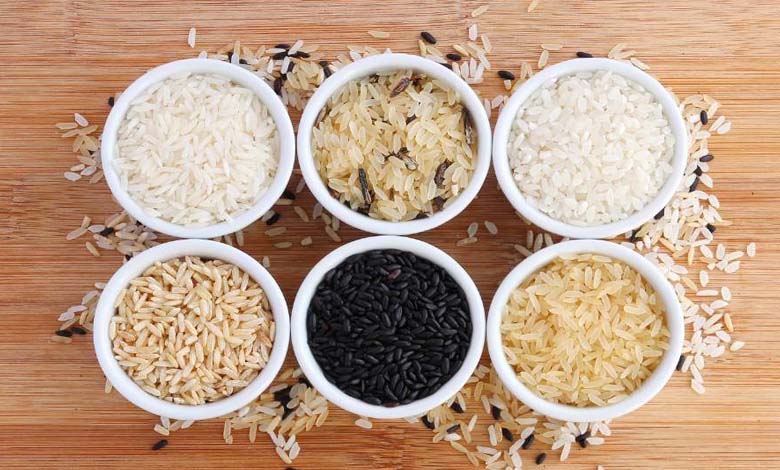Which Type of Rice Is Best Suited for Your Diet?

Rice is one of the world’s most essential staple foods, feeding more than half of the global population. Its culinary adaptability, cultural significance, and availability make it a central component of countless traditional diets. Yet, not all rice is created equal. Depending on the variety, degree of processing, and glycemic index, some types of rice may align well with health-oriented diets, while others may undermine metabolic goals. As personalized nutrition gains traction, choosing the right type of rice becomes a strategic dietary decision. This article provides a detailed analysis of the nutritional profiles of the main types of rice and their suitability for different health objectives.
White Rice: Digestibility at the Cost of Nutrients
White rice is the most widely consumed variety worldwide. It undergoes a refining process that strips away the bran and germ, leaving only the starchy endosperm. While this improves its texture and digestibility, it also significantly reduces its fiber, vitamin (especially B vitamins), and mineral content. With a high glycemic index (70–90 depending on the type), white rice causes sharp blood sugar spikes, making it less suitable for people with insulin resistance or those seeking stable energy levels. Although convenient and neutral in flavor, white rice offers limited nutritional benefits and should be consumed in moderation, especially by individuals focused on metabolic health.
Brown Rice: Rich in Fiber and Nutrients
Brown rice retains its bran and germ layers, making it rich in dietary fiber, antioxidants, and essential micronutrients. These elements contribute to slower carbohydrate absorption, helping to prevent post-meal glucose spikes. Its high fiber content promotes satiety and digestive regularity. However, brown rice requires a longer cooking time and may contain higher levels of phytic acid, which can inhibit mineral absorption. Still, for healthy individuals without digestive sensitivity, brown rice is a powerful ally in preventing chronic illnesses such as diabetes, cardiovascular disease, and obesity.
Basmati Rice: The Ideal Middle Ground
Basmati rice, originating from South Asia, is known for its fragrant aroma, long grains, and fluffy texture. Its moderate glycemic index (50–58) makes it an excellent option for those with blood sugar concerns or aiming to maintain a healthy weight. Basmati rice, particularly the wholegrain version, offers a compromise between flavor, digestibility, and metabolic balance. It fits seamlessly into balanced meals, especially when paired with vegetables and lean proteins.
Wild Rice and Red Rice: Underappreciated Superfoods
Wild rice, technically not a true rice (genus Zizania), is high in protein, fiber, magnesium, and antioxidants. With its robust flavor and chewy texture, it is often mixed with other rice types. It is especially suitable for anti-inflammatory diets and for those seeking low-calorie, nutrient-dense options.
Red rice, naturally pigmented by anthocyanins, offers strong antioxidant properties. It also provides high levels of manganese, selenium, and magnesium. Both red and wild rice are often overlooked in mainstream diets, but they deserve more attention for their health-promoting qualities and nutritional complexity.
Matching Rice to Dietary Needs
Rice selection should be tailored to individual needs. Those with type 2 diabetes should opt for basmati or wholegrain rice with a low glycemic index. Athletes in recovery phases may benefit from white rice’s quick energy release. Individuals with sensitive digestion may prefer semi-polished rice, which balances nutrition and digestibility. For vegetarians and vegans, protein-rich varieties like wild rice can help supplement amino acid intake when paired with legumes or nuts.
Rice is far from a one-size-fits-all food. Its impact on satiety, blood sugar, and nutrient intake depends heavily on its variety and preparation. In an age of informed, personalized nutrition, rice must be seen not as a mere side dish, but as a key nutritional player. Choosing the right type of rice for your health goals is a vital step in building a sustainable, enjoyable, and health-conscious diet.












